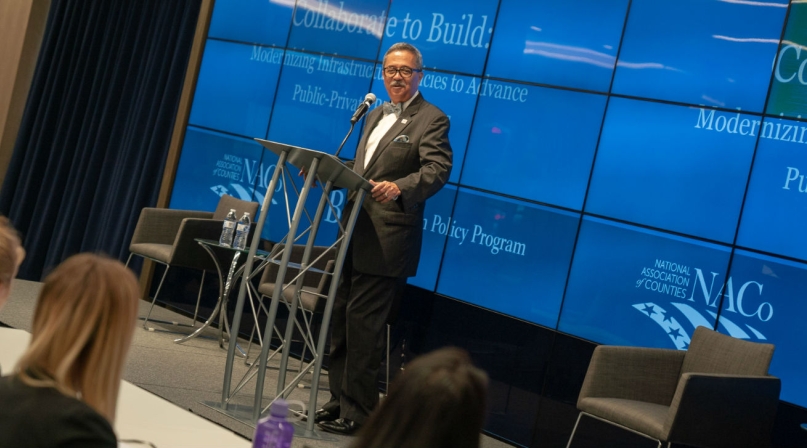Broadband access, latest infrastructure technology issue

Wealth of available data will make infrastructure planning more precise
Broadband internet access is often seized upon as something that will mean the difference between economic independence or economic irrelevance, especially in rural areas. Attention paid to the lack of rural broadband, however, often comes at the expense of significant portions of urban areas that don’t have reliable access in their homes, either.
That was one observation presented during the panel discussion, Technology for Public Good, held May 15 and organized by the Brookings Institution during Infrastructure Week. “Digital red-lining is real,” Angela Siefer said during the discussion. Siefer is executive director of the National Digital Inclusion Alliance.
“The needs of communities are not getting the same attention in the offices of our elected officials as the internet service providers. They’re really important, but, they acknowledge they go in and state their case for what they need. The rest of us don’t go in and state the case for what we need in terms of internet access.”
The services provided by the internet vary dramatically, often limited only by the imagination. For the city of Chicago, one of those tools is an identification card that serve as a transit pass, library card and other key to city services. And, lest it get too complicated, it can also serve as photo ID. Chicago residency is crucial for eligibility, but U.S. citizenship is not.
“It’s a way to make data an asset that is accessible, make it available to city employees and the public,” said Tom Schenk, Jr., the city’s chief data officer.
“It’s completely protected. There’s no database showing that I have this card, but it’s a way to use technology to connect people to services while maintaining their privacy.”
Amid the proposals for new technologies, Shoshana Lew said it was crucial to keep technology’s role in perspective. She is the chief operating officer for the Rhode Island Department of Transportation.
“Technology itself is not an end, but a means to certain goals,” she said. “Thinking about how we deliberately employ new kinds of technology for moving people places that fills gaps and making communities better is not something that’s going to just happen.”
Schenk said long-term planning will be made possible by the wealth of data available to public agencies for anyone who is able to analyze it. That will ultimately help the city, and other local governments, target their services more precisely, though Lew added, that collecting data for the sake of collecting data was not always productive.
“As we’ve regulated new industries such as ridesharing and dockless bikes, we’re trying to collect more data about those services as they’re being offered, so we can coordinate those services across the entire spectrum,” Schenk said.
He warned, however, that deployment of certain programs could send the wrong message.
“If we only go to communities of color or underserved communities with sensor-based technology, things that contain cameras, that could appear that we are picking on those communities, trying to surveil those communities when in fact that’s not the case,” he said.
Communicating information in advance in those communities can go a long way to dispelling that perception.
Lew pointed out that technology doesn’t change the nature of how humans will interact with their infrastructure, just the form that interaction will take and the long-term planning needed to prepare to make the most of it.
“There are still going to be humans interfacing with public transportation as the mode changes, but the kinds of jobs that people need to be prepared for in 10, 20, 30 years could change,” she said.
“Getting ahead of how we train people to be part of the transportation workforce in the future is something that we’re thinking of very actively now.”
Likewise, Siefer said that efforts to expand broadband should look to the future for their targets. “We need both speed for the future, not today, and we need it to be affordable.”
Recent advances in public technology have been undeniable, but whether they are available to everyone is murkier, the panel said. The heights of what technology allows means less to the general population, the more it remains out of reach. The medium, tools and targets for technology must all be deployed strategically for maximum effect.
Attachments
Related News

U.S. House of Representatives passes SPEED Act and other permitting reform bills
On December 18, the U.S. House of Representatives passed the SPEED Act (H.R. 4776). The SPEED Act would strengthen county involvement in decision-making and make needed commonsense reforms to the federal environmental review process.


